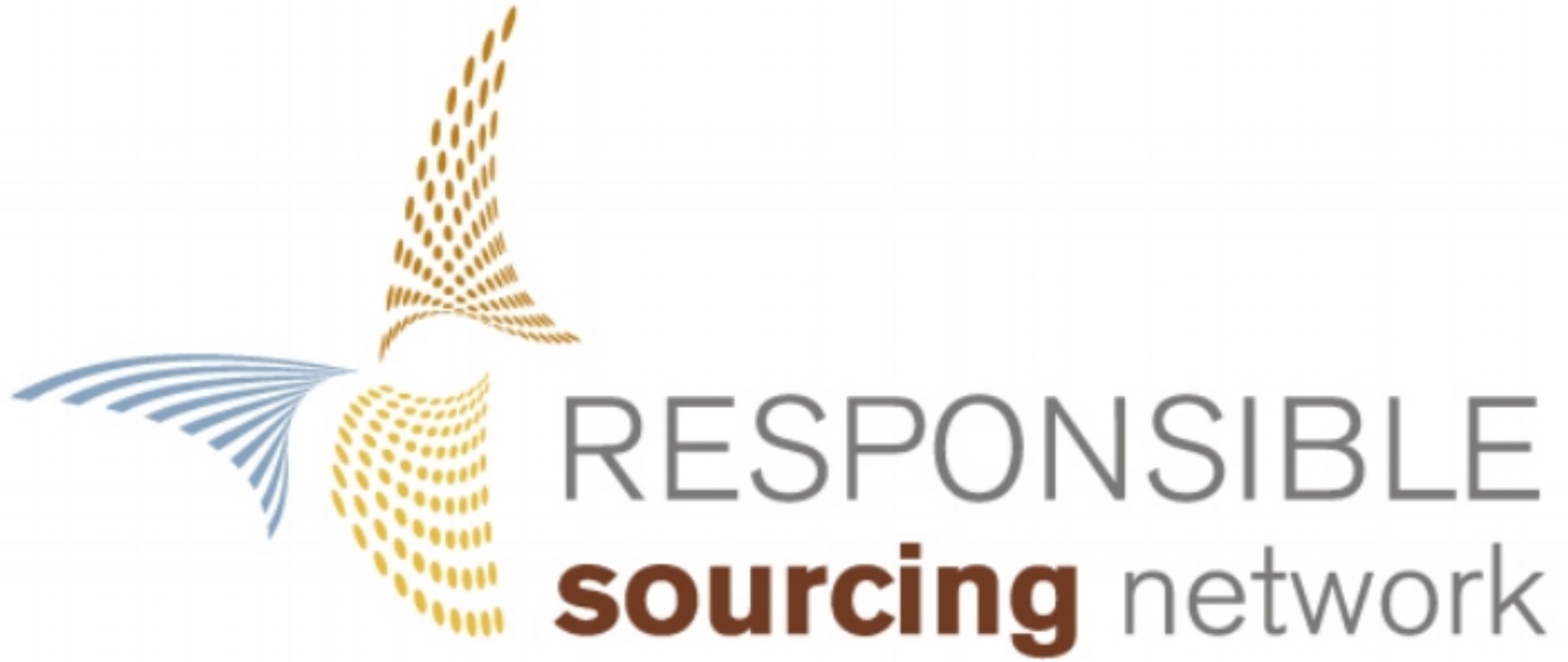New Companies, More Detailed Filings in Second Annual Conflict Mineral Disclosures
The deadline for the second annual conflict minerals disclosures to the Securities and Exchange Commission (SEC) was this Monday, June 1. Companies that file the annual disclosures are bringing much-needed transparency to a minerals trade that has been linked to human rights abuses in the war-torn region centered in the Democratic Republic of Congo (DRC).
Responsible Sourcing Network congratulates the internal teams and firms that worked hard on this round of reporting. Now it is time to review the disclosures, and RSN has developed tools to do so, guided by the principle that social impact is a vital part of the value – and risk – investors and consumers expect companies to measure.
As of the June 1 deadline, 1,246 disclosures were in:
- Of the 1,315 companies that filed last year 89.9% filed again. 64 companies filed for the first time.
- 136 companies that filed in 2014 are still missing, although some may simply be running late. Last year, 143 companies filed after the reporting deadline.
- So far the percentage of companies that filed the detailed Conflict Minerals Report, or “CMR” has risen, and 42 companies that filed only a Specialized Disclosure Form, or “Form SD” in 2014 expanded their disclosure to include the full CMR.
Special thanks to Yong H. Kim, Ross Business School at the University of Michigan, for this data.
Tracking Leadership in Four Areas
In 2014, companies were still learning what a good report looks like. Most of the filers covered in Mining the Disclosures, our recent pilot study of the 2014 SEC submissions, barely earned 50% of the available points, but leading companies set a pace for others to follow.
Mining the Disclosures introduced four Measurement Areas for evaluating conflict minerals reporting in regards to “social performance.” In Part one of this blog post, two of these Measurement Areas were introduced, highlighting best practices from Apple’s 2015 CMR. The tech giant earned praise from many quarters for filing its conflict mineral disclosure documents several months before the deadline. (Click here for Apple’s full CMR.)
Apple was among the top three performing companies in Mining the Disclosures. Intel and Qualcomm rounded out the top three. All three companies show continued leadership in the remaining two Measurement Areas, Assessing Exposure and Responding to Risk and Policies and Management Systems, in their 2015 conflict minerals reporting.
Assessing Exposure and Responding to Risk
Qualcomm gave a detailed description of which products require the use of conflict minerals, and divided these products into two groups based on relative impact on revenue. The company describes its supply chain in detail, and in plain language. It offered a very detailed description of its Reasonable Country of Origin Inquiry (RCOI) process, and also described its efforts to determine the origin of its conflict minerals with the greatest specificity possible. (Click here for Qualcomm’s full CMR.)
Policies and Management Systems
Intel has once again excelled in putting policies and management systems into place. In its Form SD, Intel has included the full text of its Conflict Minerals Sourcing Policy. Within the CMR, Intel describes its implementation of each OECD step, including internal management systems that reach all the way up to the Chief Executive Officer. (Click here for Intel’s full CMR.)
The other two Measurement Areas, Transparency and Reporting and Promoting a Conflict-Free Minerals Trade, are discussed in part one of this blog post.
Progress for Business and People
- Business: Behind each one of the 1,246 Form SDs that have been filed so far is a team of people, a brand, and a business model, each attempting to meet the challenge of conflict minerals reporting. The U.S. requirement for conflict minerals due diligence is one of the biggest steps a government has ever taken to mandate “social reporting” and it won’t be the last. Investors will increasingly expect companies to respond to social risk and opportunity.
- People: Most importantly, these conflict minerals disclosures bring us closer to a conflict-free minerals trade in the Congo. The demand from investors and consumers to source conflict-free flows up the supply chain, through factories and smelters, all the way back to mines in the DRC region. With persistence and innovation, this leverage will reduce the funding for armed groups and increase the number of local, conflict-free sources contributing to peace and prosperity in central Africa.
